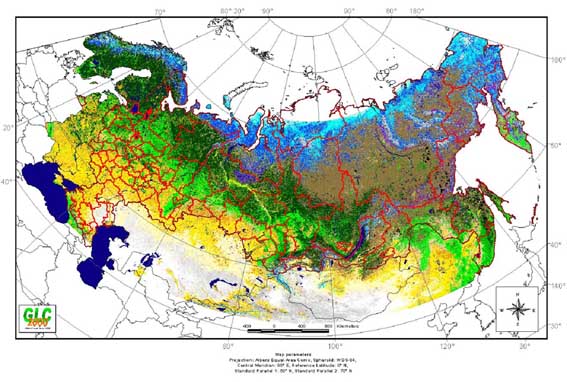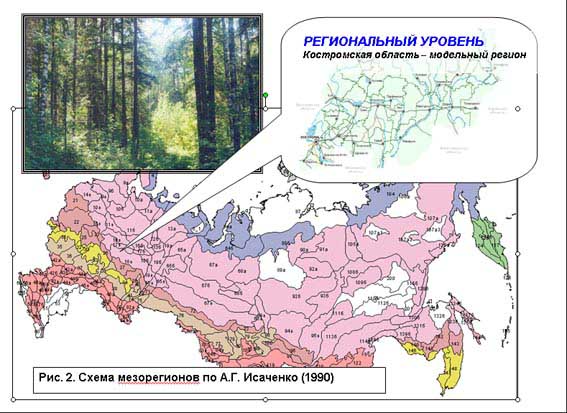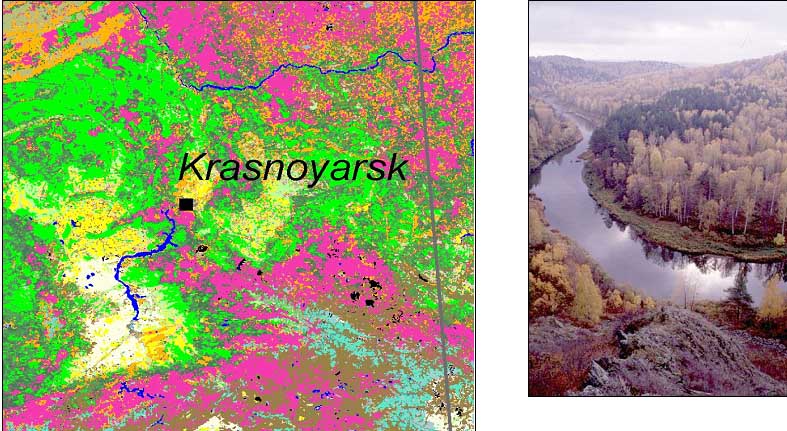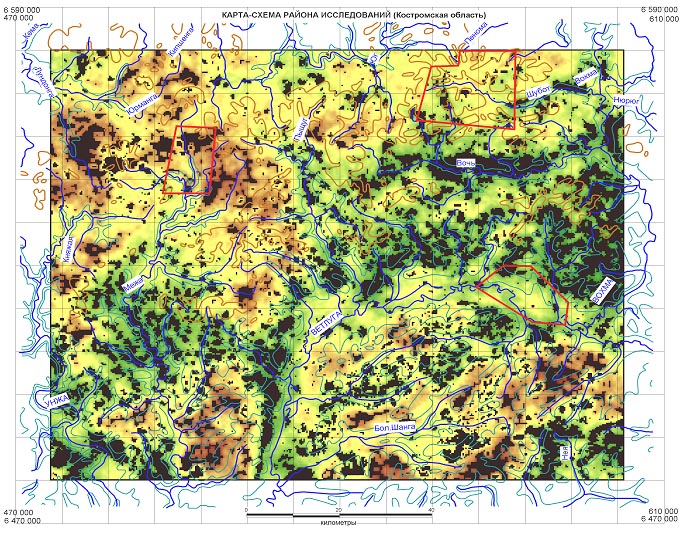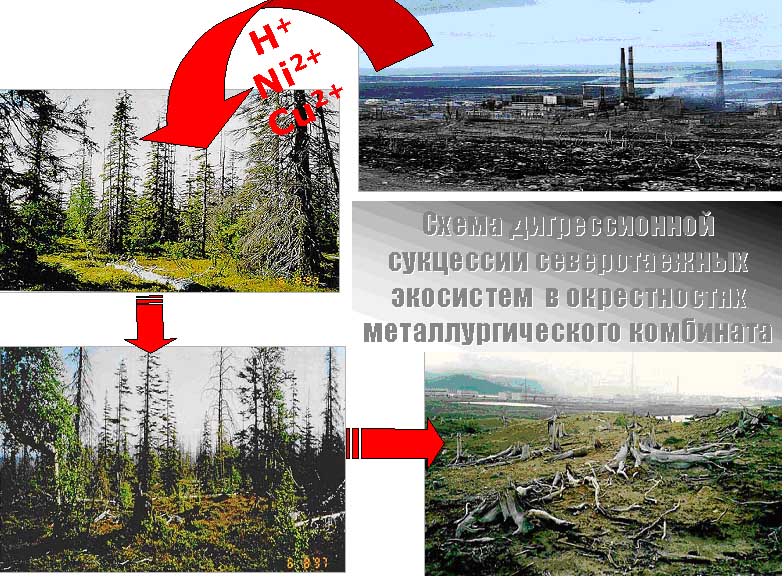|
|
Program of fundamental researches of the RAS Presidium |
|
INTERMEDIATE REPORT for 2003
Section 2: Development
of methodological basis for monitoring of biodiversity
Subsection 2.1: Development
of methodological basis for monitoring of biodiversity in Russian forests
under global environmental changes and growing human impact
Curator of the section: Academician A.S. Isaev
Center for problems of ecology and productivity of
forests RAS
«Development of methodological basis for monitoring
of biodiversity in Russian forests under global environmental changes
and growing human impact» Resources and environmental orientation of sustainable
and unexhausted forest use is highly significant for development of
national forest strategy taking conservation of species diversity,
structural and functional organization of natural ecosystems into
account. Monitoring of forest biodiversity is an integral part of
this issue, envisaging monitoring of forest areas state with the purpose
of discovery, analysis, and forecast of potential changes under natural
background and under influence of human impact. Great volume of available
data on forest ecosystems parameters measuring cause serious problems
of forest monitoring establishment. The reason is absence of unified
techniques and universal parameters for different aspects of biodiversity
assessment as well as there is no integration of such estimates for
biological systems of different spatial levels.
Methodologically
these problems were studied at the base of following works lines:
1. Development of conceptual approach to forest biodiversity
monitoring including conception of structural changes of forest
ecosystems during the forest restoring processes;
2. Development of methodological approaches providing collection, systematization, generalization of accumulated data on forest biodiversity in
3. Implementation of biodiversity monitoring methods using
selected parameters and biodiversity indexes for specific model
regions.
The landscape and environmental approach
to forest biodiversity monitoring was formulated according to obtained
results. It allows to study forest ecosystems during their age dynamics
within natural territorial complexes of different level. Experience
gathered in researches of biological diversity of different species,
populations, and associations gives opportunity to generalize data
within territorial units of different scale, and to describe spatial
and temporal dynamics of forest areas under increasing human impact.
In this connection the hierarchy of spatial scales was determined;
and spatial levels of forest biodiversity accounting have been adopted
as follows: local, regional
and federal. Base levels of forest monitoring with use of space
images are presented at figures 1-4.
Fig. 1. Electronic map of Russian Federation
main vegetation types
Fig. 2. Scheme of mesoregions
according to A.G. Isachenko (1990)
Fig. 3. Central part of Main
procedures of forest biodiversity monitoring have been based, including
methods of field data gathering, remote sensing data, as well as methods
of biodiversity accounting indicators interpolation for territory
of higher topological level. According to
foreign and national experience general principles, methodology and practical
assessment of biodiversity for North Eurasian forests were based. Analysis of
biodiversity parameters used for federal and regional areas of Space
forest monitoring data are considered to be the most important component
of information cover for regional models of natural and anthropogenic
forest dynamics. Analysis of some landscape indexes allows to receive
the integral assessment of territory surface composition, determining
biodiversity of terrestrial ecosystems. (fig.
4).
Fig. 4. The north-eastern part of During
classification systems of vegetation cover development scientific
publications on forest typology were analyzed for the purpose of forest
ecosystem diversity for European Russia assessment. Classification
units used in national practice for large areas mapping were compared
with syntaxons of floristic classification (Braun-Blanquet’s classification).
The higher units model of classification was proposed, based on ecological
properties of edificator species, geographical attributes of landscape
and floristic composition of associations. Techniques
for succession
stages of forest communities assessment
were developed according to their etalon status. In order to determine
succession deviation of specific forest ecosystems from climax communities
the rank system was developed. Diagnostic attributes were estimated basing
on relative participation of plant species and populations belonged
to certain ecological and coenotic groups. Conceptions of regional
features of biodiversity monitoring are discussed at the example of
model territories of different natural conditions and different human
impact (
Fig. 5. Schemes of
digression and restoration processes The scheme of regional GIS of forest
biodiversity supplying monitoring and assessment of human impact on
natural territorial systems was developed . The algorithm of consequent
creation of thematic forest biodiversity maps developed and corrected
at regional level. The creation of complex base for background information
data on biodiversity of Russian forests was started. Certain
scientific and methodological tasks are successfully solved, supplying
use of available data on forest biodiversity in the field of forest
ecology, nature management and sustainable management of biological
resources. REFERENCES Monographs Regional ecological scales for forest vegetation of
|
|
|
© All rights reserved.
Öåíòð ïî ïðîáëåìàì ýêîëîãèè è ïðîäóêòèâíîñòè ëåñîâ ÐÀÍ, 2005.

